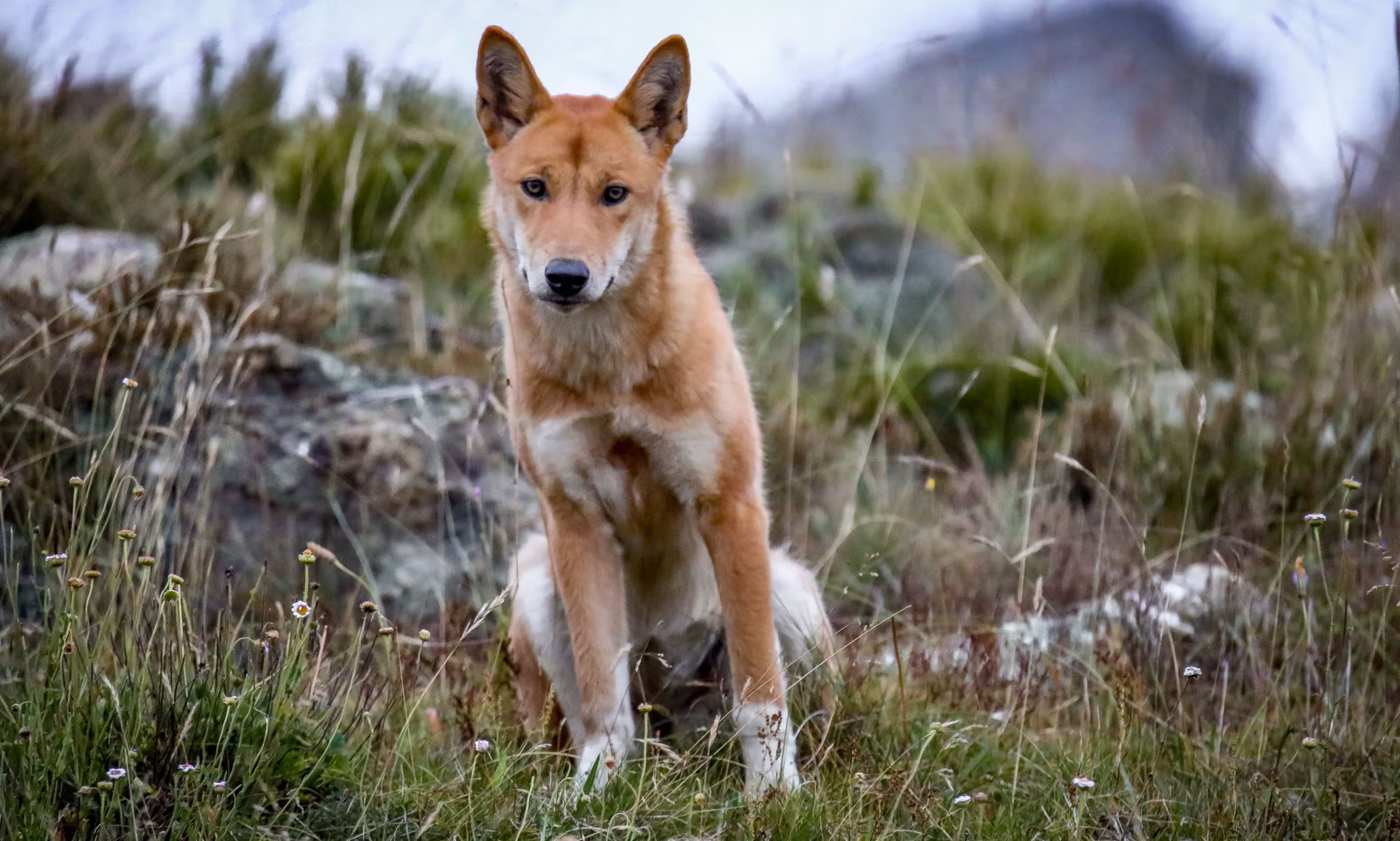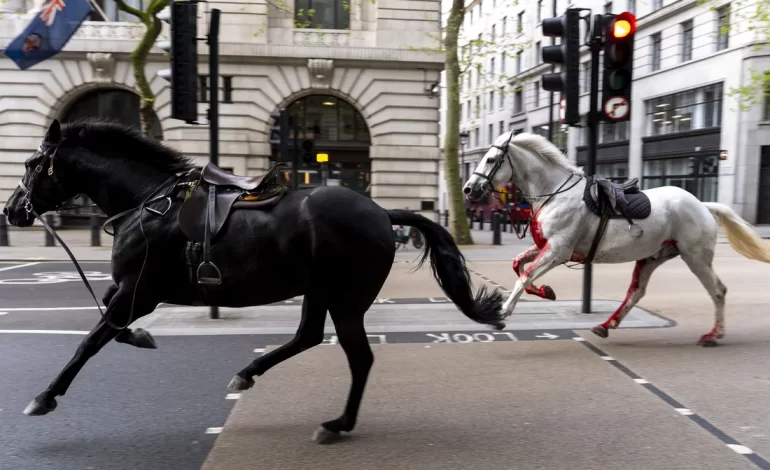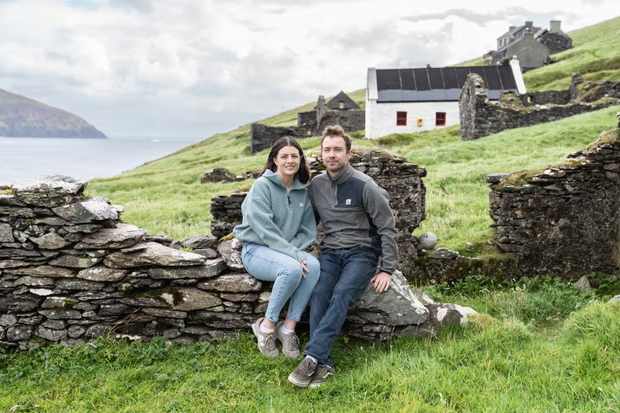
Traditional owners and dingo advocates say a Victorian government decision extending the right to kill dingoes on private and public land until 2028 could threaten local populations with extinction.
A government order, which took effect on Tuesday, declared dingoes were “unprotected wildlife” under the state’s Wildlife Act. The ruling means dingoes can be killed by trapping, poisoning or shooting across large parts of eastern Victoria, despite being listed as threatened under the state’s Flora and Fauna Guarantee Act.
The same order protected dingoes in Victoria’s north-west, where as few as 40 animals remained, and was accompanied by the removal of a bounty for killing the animals.

Melinda Browning, director of the Australian Dingo Foundation, said the decision could send alpine dingoes on to an “extinction trajectory”. She said at least 468 dingoes were trapped and shot by government controllers last year out of an estimated population of 2,640 to 8,800 animals in eastern Victoria.
She questioned the justification for the decision, given livestock losses were “minuscule” (estimated at 0.009% of the sheep population), but said dingo protection advocates were mostly shut out of the government’s 12-month review leading up to the decision.
The extension of unprotection orders on private land and adjacent public land within 3km across eastern Victoria was welcomed by the Victorian Farmers Federation (VFF), which called it “a common sense move”.

The president of VFF, Emma Germano, said the move provided greater certainty regarding control measures for farmers in eastern Victoria, although those in the north-west were “still exposed to the horrors inflicted” and hoping to “reach a workable solution”.
“The stories I’ve been hearing from local farmers in that area [are] tragic,” she said.
But farmers and the agricultural industry were also unhappy with the process. Germano said while farmers and the agricultural industry had managed to have their say after “sustained advocacy”, a clearer process and timeframes could have avoided “much angst and worry”.
The Taungurung Land and Waters Council, traditional owners for Country covering much of central Victoria, were “deeply concerned” by the government’s support for the continued killing of dingo, known as yirrangan in Taungurung language.
“Yirrangan and Taungurung people have coexisted harmoniously for millennia, and share the same story; driven from Country, managed, and at times murdered according to colonial views,” a statement from the council said.

Matthew Shanks, Taungurung council’s executive manager of biocultural landscapes, said yirrangan were vital to the health and future of Taungurung Country. The council called on the state government to “immediately lift the unprotection order across all of Victoria”, a position shared by more than 20 First Nations groups around Australia.
A spokesperson for Victoria’s environment department said it was “striking the right balance” between protecting vulnerable dingo populations and giving farmers the ability to protect livestock, and was providing an additional $2m investment into nonlethal dingo controls and population research.

Prof Euan Ritchie, a Deakin University ecologist who has been researching dingoes since 2008, said the decision raised questions about the long-term survival of the culturally and ecologically significant species in Victoria.
“Aside from people, they’re the only large, land-based predator that we have. They can help control numbers of things like feral goats, kangaroos, feral pigs, and there’s some evidence they can control cat and fox populations as well,” he said.
Not only was Victoria’s north-west dingo population “hurtling towards extinction”, but Ritchie said there was evidence of declining numbers and genetic diversity in the rest of the state.
Instead of a “backwards and forwards debate” there were ways to bring people together, he said, but this required better engagement with groups such as traditional owners, “evidence-based policy” and solutions such as fencing and guardian animals that could protect livestock while maintaining dingoes in the landscape.









